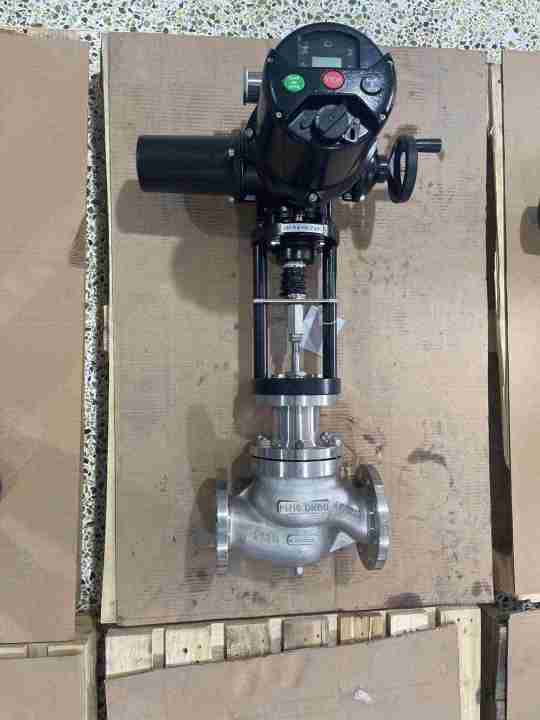Electric two-seat regulating valves are crucial components in a wide variety of industrial applications, particularly in process control systems. These valves, with their sophisticated design and operational benefits, help regulate fluid or gas flow with remarkable accuracy, enhancing the efficiency and safety of operations in industries such as oil and gas, chemical processing, power generation, and water treatment. In this article, we will explore the construction, working principle, advantages, and key applications of electric two-seat regulating valves, shedding light on their pivotal role in optimizing industrial processes.

Understanding the Electric Two-Seat Regulating Valve An electric two-seat regulating valve is a type of control valve equipped with two valve seats and an electric actuator. These valves are designed to precisely control the flow of media (such as liquids, gases, or steam) through pipelines by adjusting the valve’s opening. The actuator is powered by electricity, and it converts the electrical signals from a control system (like a PLC or DCS) into mechanical movement to adjust the position of the valve. Two-seat design: Unlike traditional single-seat valves, the two-seat design offers more precise control of the flow rate by utilizing two independent seats that can open or close alternately, depending on the operating conditions. This configuration reduces wear and tear on the valve components, improves sealing, and enhances its performance, especially under fluctuating pressure or temperature conditions.